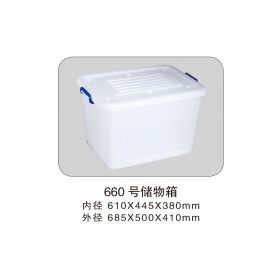
XH1008-140网格九脚
人气:9527面议

XH1010-140网格九脚A型
人气:9960面议

XH1010-140网格九脚B型
人气:9019面议

XH1109-140网格九脚
人气:9998面议

XH1111-140网格九脚
人气:9516面议

XH1208-140网格九脚
人气:9046面议

XH1210-140网格九脚A型
人气:9285面议

XH1210-140网格九脚B型
人气:8826面议

水箱30L
人气:5142面议

水箱70L
人气:8253面议

水箱90L
人气:8053面议

水箱120L
人气:7717面议

水箱140L
人气:7883面议

水箱160L
人气:7880面议

水箱200L
人气:8097面议

水箱300L
人气:7991面议

780号储物箱
人气:6634面议

730号储物箱
人气:6546面议

660号储物箱
人气:6547面议

610号储物箱
人气:6665面议

560号储物箱
人气:6498面议

500号储物箱
人气:6566面议

460号储物箱
人气:6598面议

430号储物箱
人气:6575面议